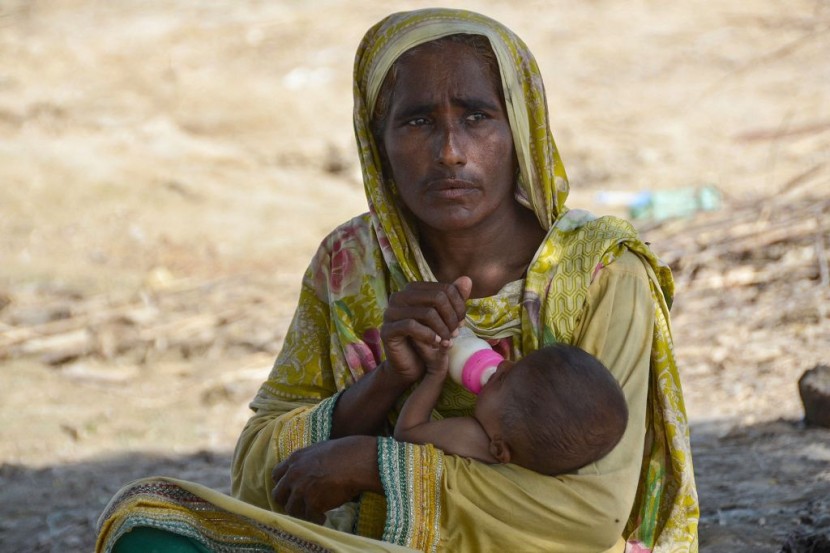
Tens of thousands in Pakistan, including women and children susceptible to infection, have acquired communicable and water-borne ailments due to the recent severe flooding.
Record monsoon rains and melting glaciers in Pakistan's northern mountain areas have killed about 1,600 people; a third were children.
Floodwaters destroyed homes, leaving tens of thousands without food or water. Affected individuals now are in dire need of food, housing, potable water, toilets, and medicine.
Although the flood has subsided and the floods have started to leave, the stagnant water can linger in some areas for two to six months, putting people who live in the impacted areas at risk of skin conditions and diseases like dysentry, malaria, and dengue fever, as per a CNN report.
Stagnant Water Is Now the Enemy
Shehbaz Shrif, the prime minister of Pakistan, recently addressed a SCO gathering in Uzbekistan.
He noted: "Stagnant water is giving rise to water-borne diseases. Children getting malaria and diarrhea ... all kinds of diseases... millions of people are living under the open sky," per VOA.
UN reports 44,000 Pakistan malaria, while the UN Refugee Agency says more than 3 million children need emergency life-saving aid, per Reuters.
Since July 1, around 2.3 million individuals have received care at temporary medical facilities built up in the flooded area.
Villages have been completely cut off in Sindh, one of the regions most severely affected, making it practically problematic for families to get medical attention for their sickly children.
Read Also : New COVID-19-Like Virus That Is Vaccine-Resistant Discovered in Bats, Could Spread in Humans
According to Aadarsh Leghari, UNICEF's communication officer in Pakistan, many children do not get treated in hospitals "because the medical facilities they could access are either underwater or just not accessible."
With no access to food, water, or a means of support, young children are forced to live in the open with their families, and exposed to a variety of new flood-related dangers and hazards, such as snakes, destroyed structures, and drowning in flood waters.
Moreover, schools, water systems, and health facilities that children rely on have been destroyed or damaged.
On the outskirts of the Sindh town of Qazi Ahmed, a mother is pushing her little child on a flimsy boat that is ferrying stranded locals to medical services, CNN reported.
The mother was anxiously trying to cool her daughter's forehead with a handkerchief soaked in the filthy floodwater that had made her ill when she exclaimed, "She has a high-grade fever and has become unconscious."
Pakistan Badly Needs Help From International Community
This is the face of Pakistan's near-unprecedented health crisis, but relief isn't reaching. Moreover, humanitarian organizations warn that if the international community does not take immediate action, the situation of Pakistan disease would only worsen.
The United Nations described the situation in Pakistan as "alarming" and "millions of youngsters are still struggling to live, and we fear thousands will not make it."
Abdullah Fadil, UNICEF Representative in Pakistan remarked in a statement: "Girls and boys in Pakistan are paying the price for a climate disaster not of their making. As we respond to their urgent needs today, we must also begin looking at the months ahead and the need to rebuild the lives of these millions of vulnerable boys and girls - to ensure they are safe, healthy, well nourished, learning and preparing for their futures."
© 2025 HNGN, All rights reserved. Do not reproduce without permission.








